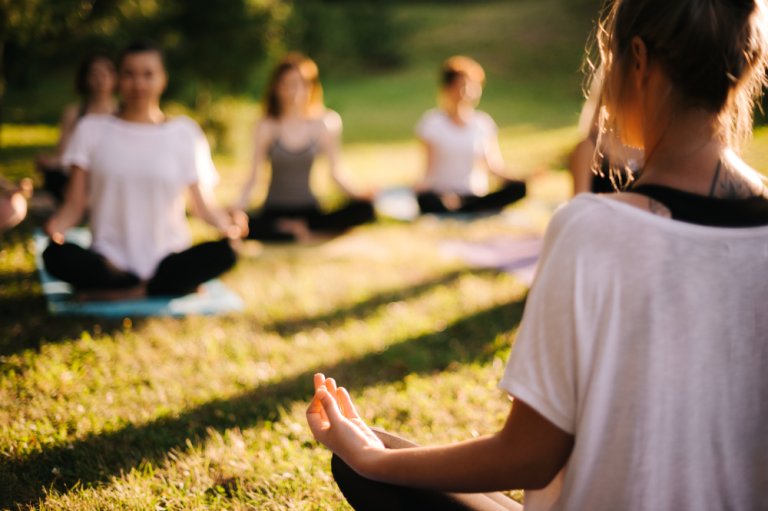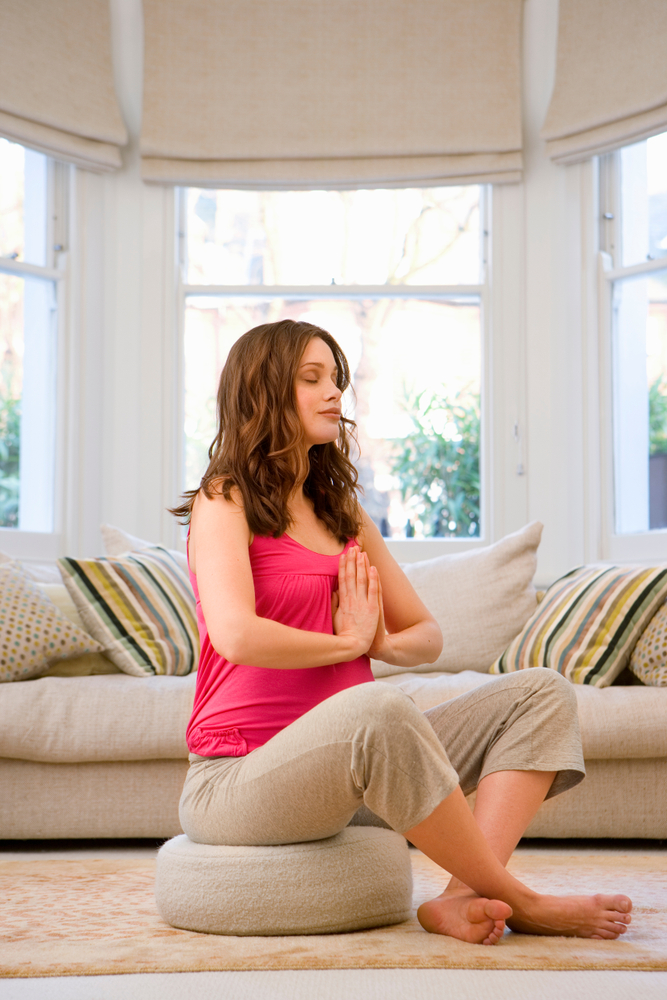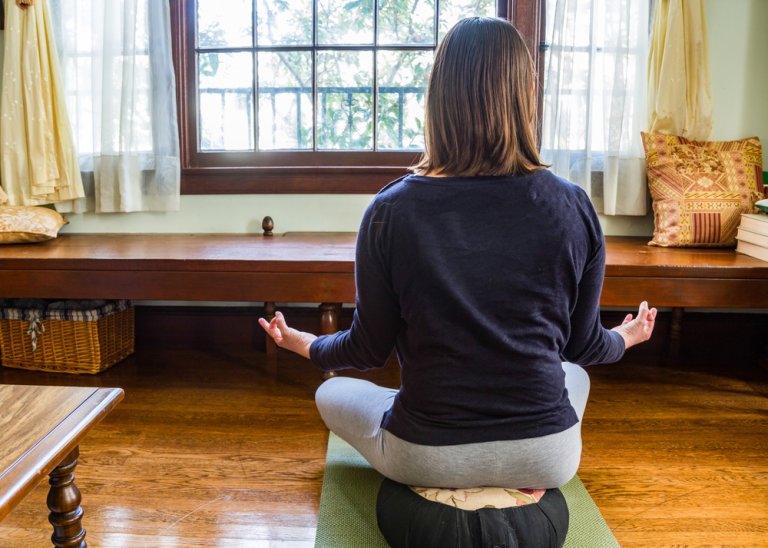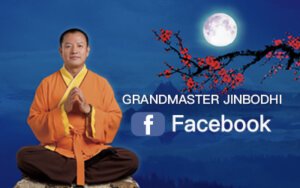
Meditation is a powerful practice that can bring peace, clarity, and well-being into your life. One key to a successful meditation practice is choosing the proper meditation pose. This article explores the significance of meditation poses, addresses common challenges, introduces various meditation postures, and offers tips on perfecting your sitting position.
Why Meditation Poses Matter

Choosing the right meditation pose is crucial for maintaining physical comfort and mental focus during practice. A well-chosen posture supports the spine, promotes proper breathing, minimizes distractions, and ensures safety. Different poses offer varying levels of stability and ease.
A suitable meditation pose helps achieve stillness and concentration, allowing the practitioner to delve deeper into the meditative state. When the body is comfortably aligned, the mind can focus on the practice rather than being preoccupied with physical discomfort.
Addressing Common Challenges in Meditation
Sometimes, when we sit in meditation for prolonged periods of time, we can encounter physical discomfort and challenges. Here are some common issues and tips to handle them:
- Back Pain: Ensure your spine is aligned correctly. Use a cushion to elevate your hips slightly, which can help maintain your spine’s natural curve. With an extra cushion, your hips should sit higher, while your feet remain at the lower level.


- Leg Numbness or Discomfort: If sitting on the floor is uncomfortable, try sitting in a chair with your feet flat on the ground. Practicing shorter sessions initially and gradually increasing the duration can also help.
- Difficulty Maintaining Posture: Getting used to meditation poses, especially sitting for long periods, can take time. Practice shorter sessions initially and gradually increase the duration. As you practice, you can experiment with different meditation positions and work your way from sitting on a chair to sitting on the floor, to various seated lotus meditation positions.
Types of Meditation Poses
Different meditation poses suit different bodies and preferences. Here are some of the most common ones:
Quarter Lotus
The quarter lotus position involves sitting cross-legged with one foot resting on the opposite calf or ankle. It’s a stable position that is easier than the half or full lotus. This pose provides a good balance of comfort and stability, making it suitable for beginners.
Half Lotus (Ardha Padmasana)
In the half-lotus position, one foot is placed on the opposite thigh while the other leg remains on the floor. This pose offers a balance between stability and flexibility. It is more challenging than the quarter lotus but provides greater stability.
Full Lotus (Padmasana)
The full lotus position has both feet resting on the opposite thighs. It provides excellent stability but requires significant flexibility and practice. Experienced meditators often use this pose, which is considered one of the most stable positions.
Burmese Position (Easy Cross-Legged Pose)
The Burmese position, also known as Sukhasana, involves sitting cross-legged with both feet on the floor, not overlapping. This pose is accessible and comfortable for most people, making it ideal for beginners and those with limited flexibility. It allows for natural spine alignment and is less demanding on the knees and hips compared to the more advanced lotus poses.
Kneeling Pose (Seiza Pose/Vajrasana)
This pose involves kneeling with your buttocks resting on your heels or a cushion. It’s a great option for those who prefer not to sit cross-legged, as it can reduce strain on the back and hips, making it suitable for those with lower back pain. While beneficial, kneeling poses are often used as supplementary meditation postures. For more information on the kneeling position, refer to this video.
Chair Meditation
Sitting on a chair is an excellent alternative for those who find floor sitting uncomfortable. Ensure your feet are flat on the ground and your back is straight. This pose is especially useful for those with knee or hip issues. As sometimes we may doze off in a state of meditation, it is recommended to use a chair with a good back and arms so as to not fall off the chair.
Standing Meditation Pose
Standing meditation is another type of meditation pose, which can be especially beneficial for those who need a break from sitting or have certain physical conditions. Bodhi Meditation’s standing meditations include guided visualizations such as the Meditation of Greater Illumination and the Meditation of Awakening Wisdom.
Improving Your Meditation Sitting Position
To achieve a proper sitting posture for meditation, follow these basic principles:
- Forward Head Alignment: Keep your head aligned with your spine, avoiding forward or backward tilt. This helps prevent neck strain and supports a balanced posture.
- Spine Alignment: Maintain your spine’s natural curve; avoid slouching or sitting ramrod-straight. Add an extra cushion under your hips to support this alignment. As noted in our previous post: What is Sitting Meditation?, an inclined cushion can help achieve a more ergonomic posture. A cushion higher at the back and lower at the front supports natural cross-legged sitting.
- Supporting Your Body: Mats, cushions, or chairs can provide the necessary support and comfort. Use mats, cushions, or chairs as needed, to provide support and comfort for you to relax your body while maintaining an upright posture. A folded blanket or a soft pillow can also be effective if you don’t have a specialized cushion.
- Relaxation Techniques: To avoid unnecessary tension, ensure your jaw, shoulders, and hands are relaxed. Place your hands naturally on your knees with your palms facing upwards, or put them together palm-to-palm at your chest.
How to Get Into a Position for Meditation
- Eliminate Physical Distractions: Ensure your environment is free from distractions – it’s time to put your phone away! Adjust the lighting, temperature, and other factors that might cause discomfort. Make sure that you are warm and protected from any drafts, such as the window, fans, air conditioning, or even cold walls or floors. Creating a quiet and comfortable space is crucial for effective meditation.
- Relax Your Body: Starting from your head, progressively relax each part of your body down to your toes. Take deep breaths and release any tension you feel in your muscles. You can open your mouth to stretch and relax your jaw. This helps prepare your body for a more comfortable meditation session.
- Set Mental Intentions: Clear your mind of distractions. As you relax your body, bring your mind into focus as well. Set an intention: tell yourself that you are going to meditate now, and to let go of wandering thoughts about daily frustrations, work, family, etc.
The Importance of Meditation Poses
A meditation pose sets a physical foundation for a successful meditation practice. By understanding and addressing common physical challenges and following proper posture guidelines, you can enhance your meditation experience and achieve deeper levels of relaxation and mindfulness. Consistency and comfort in your meditation practice will help you reap the full benefits of this ancient practice. For more guidance and professional support, please contact your local Bodhi Meditation Center to learn about the free meditation classes offered. These courses offer structured guidance and support to help you deepen your meditation practice and achieve your wellness goals.

